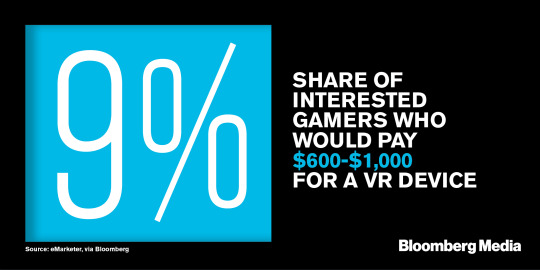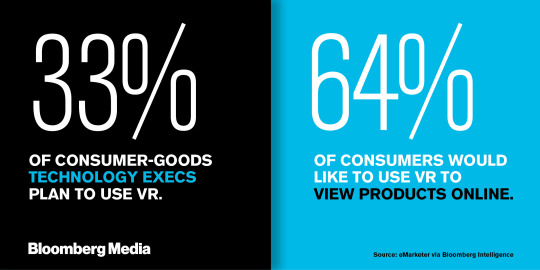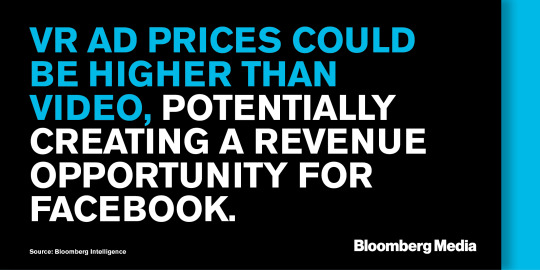December 19, 2016
Bloomberg Media is at CES this week, tracking key trends. With more devices, apps and content on the market than ever, virtual and augmented reality are continuing to spread. That said, applications beyond gaming are still very much evolving. Bloomberg Intelligence offers an outlook on how VR could shift shopping, healthcare, social networking and more.
This analysis is by Bloomberg Intelligence analyst Jitendra Waral, with contributing analyst Paul T. Sweeney. It first appeared on the Bloomberg Terminal.
Virtual reality’s inconvenient truth: It’s too expensive to most
Among interested gamers, 9% would pay $600-$1,000 and 11% would pay more than $1,000 for a VR device, according to a survey by eMarketer.

Lower-income respondents showed the most interest, with 21% of adults with annual incomes up to $25,000 describing themselves as likely buyers of VR headsets, exceeding the next-closest group by six percentage points.
Amazon, online rivals may drive shift toward virtual shopping
Online retailers’ early moves suggest they’ll be among the first to use augmented and virtual reality in commerce. One-third of consumer-goods technology executives plan to use VR, according to eMarketer. Meanwhile, 64% of consumers would like to use VR to view products online.

Physicians may turn to virtual reality for training and therapies
Medicine offers several possible applications for virtual and augmented reality. MindMaze, valued at $1 billion, produces a headset used to help stroke victims regain motor function through virtual interactions. Oculus VR games are used to provide long-term patients with mental relief.
Virtual reality content may overtake hardware as titles arrive
In the U.S., 70% of video-gaming sales are attributed to software, according to ESA. A similar trend is expected for VR once the industry matures. Oculus Rift and HTC Vive will each have more than 100 games available this year.

Mark Zuckerberg’s virtual social network dream likely years away
In the next few years, virtual and augmented reality could evolve enough to enable Facebook to create virtual social networks. For that to happen, AR and VR convergence will be essential, along with improvements in bandwidth and processing power and an installed base of 50 million. VR ad prices could be higher than video, potentially creating a revenue opportunity for Facebook.
You can get this type of insight for your industry or company. Send us an email to find out how.
– Compiled by Jen Robinson | January 3, 2016